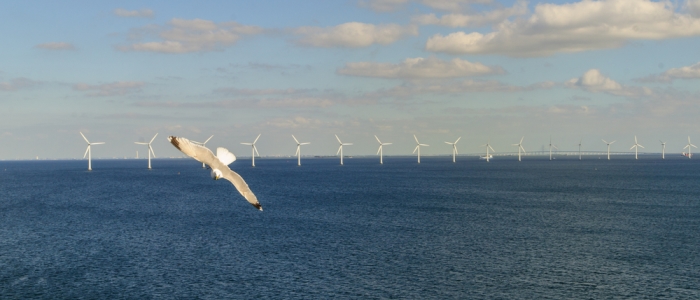Assessing the impact of marine renewable energy on seabirds
Published: 11 July 2014
Up to a quarter of Europe’s marine renewable energy potential is in Scottish waters, but harnessing wind, wave and tidal energy must be sensitive to Scotland’s significant seabird populations. Research from our College is used by industry stakeholders to identify and preserve the conservation status of seabird species most susceptible to such developments.
Up to a quarter of Europe’s marine renewable energy potential is in Scottish waters, but harnessing wind, wave and tidal energy must be sensitive to Scotland’s significant seabird populations. Research from our Institute is used by industry stakeholders to identify and preserve the conservation status of seabird species most susceptible to such developments.

There is a potential conflict between the expansion of marine renewable energy developments and seabird conservation. To address this Environmental Impact Assessments (EIA) must be carried out by developers before planning permission can be granted for such projects. These assessments require that those seabird species most at risk from such developments are identified, however, there was no robust framework to guide such assessments.
Working with environmental consultancies and key statutory bodies, Professor Furness in our Institute developed clear, systematic and widely accepted framework for assessing the impact of wind, wave and tidal projects on seabird populations. This framework has expedited the project development process and lessened potential risks to seabirds; this benefits all those involved in renewable energy projects by reducing the risk of misjudgements in the impact assessment process.
First published: 11 July 2014
<< Wider Impact
Find out more:
- Institute of Biodiversity, Animal Health and Comparative Medicine
- Research paper: impact of offshore windfarms [PDF]
- Research paper: impact of offshore wave and tidal arrays [PDF]
- Seabird Interest Group
Current staff working in this area:
- Professor Bob Furness
- Dr Jana Jeglinski
- Professor Jason Matthiopoulos

